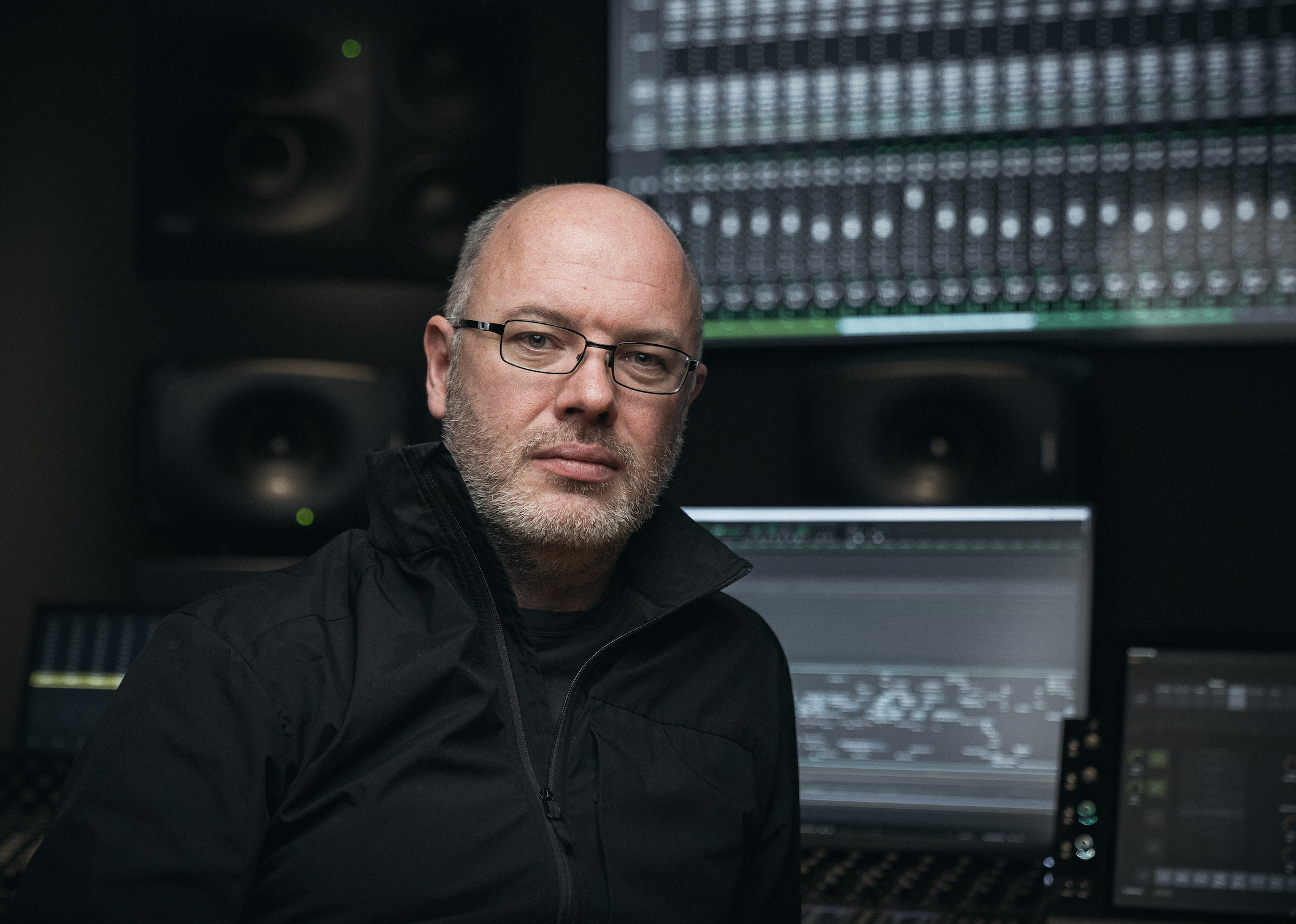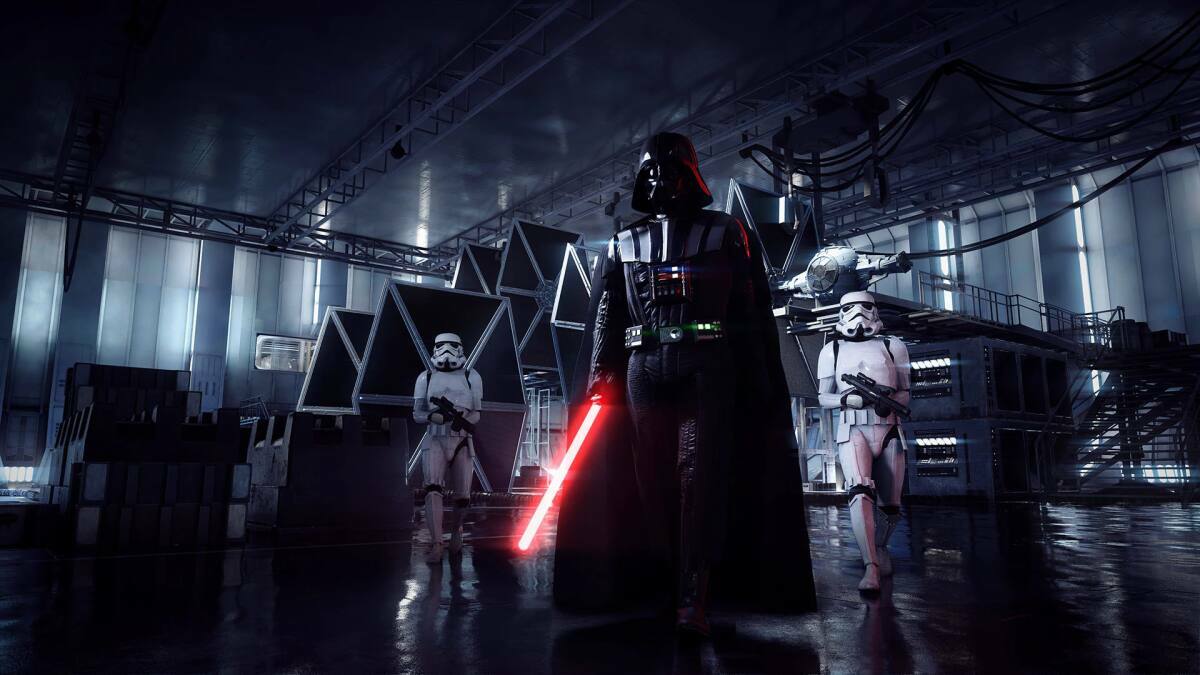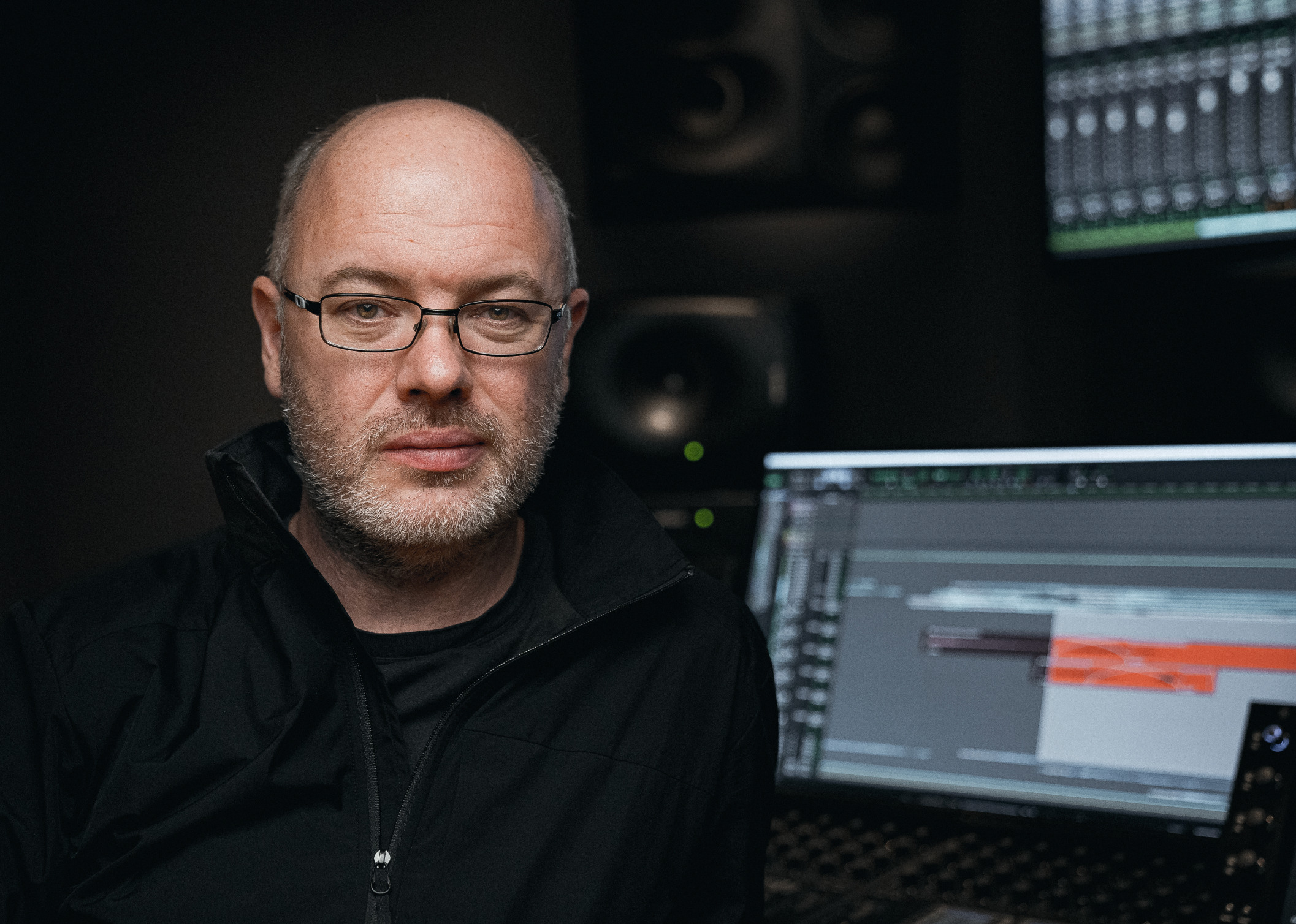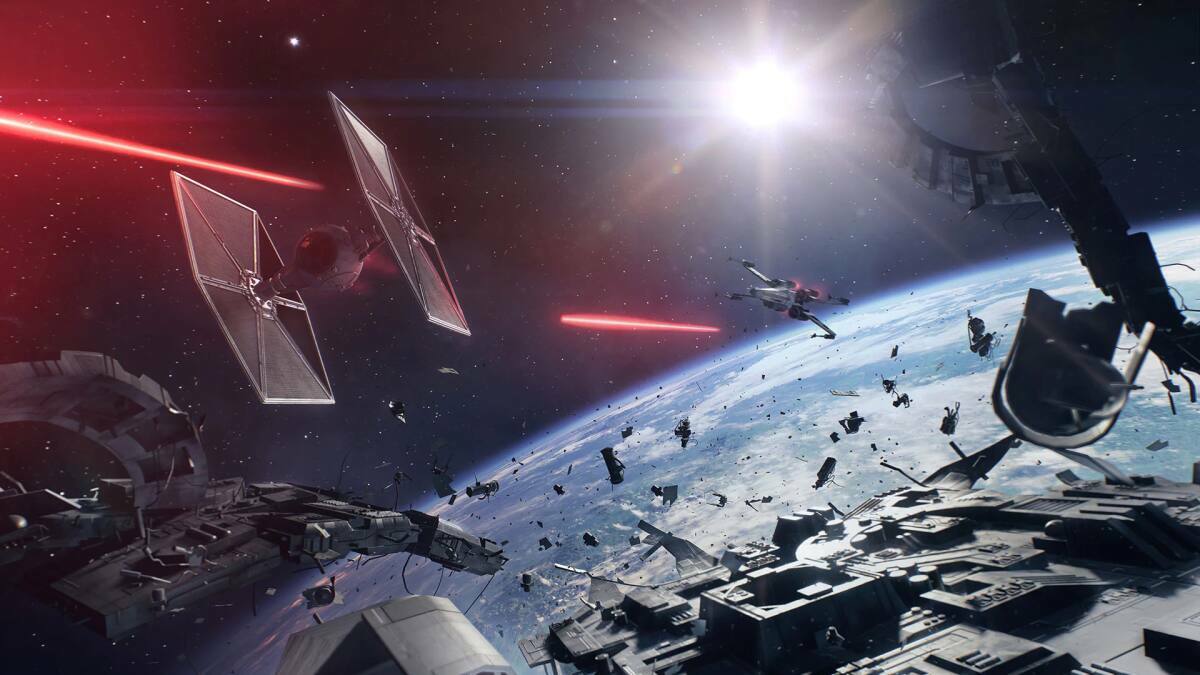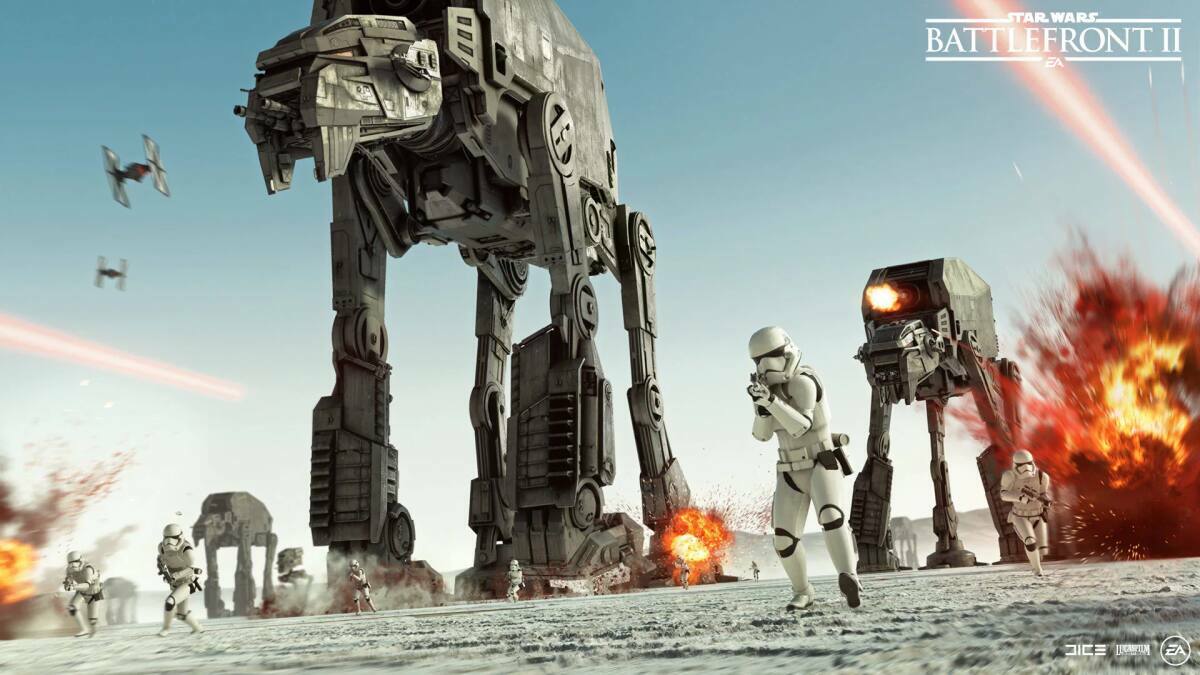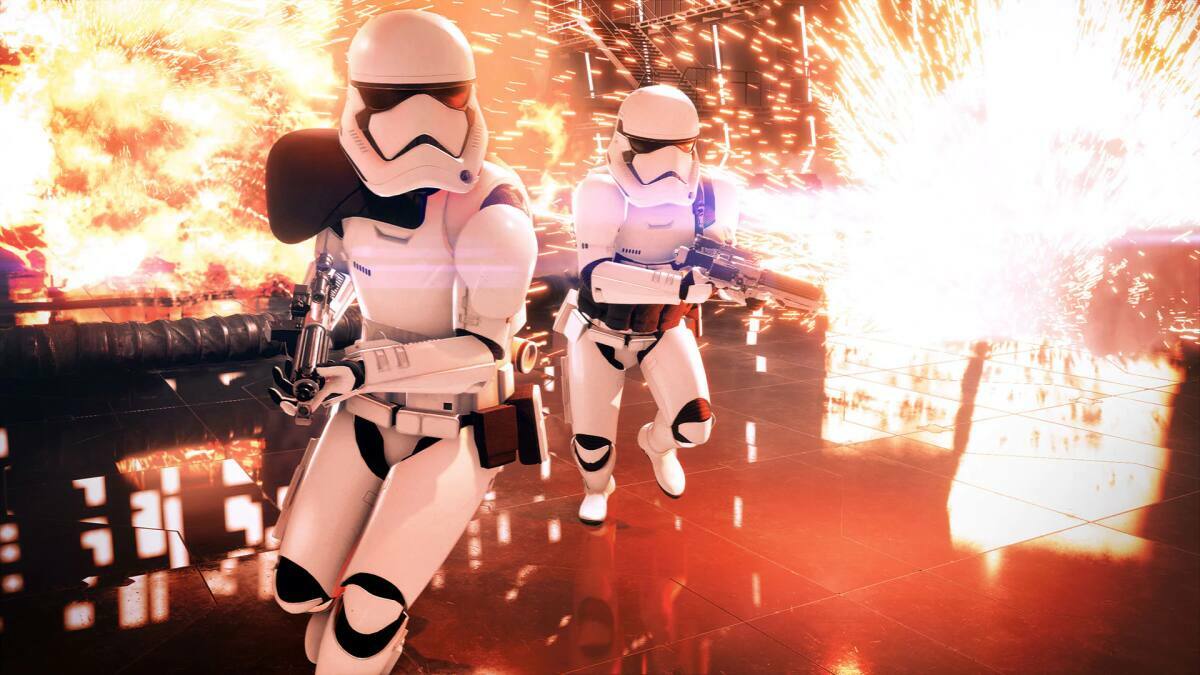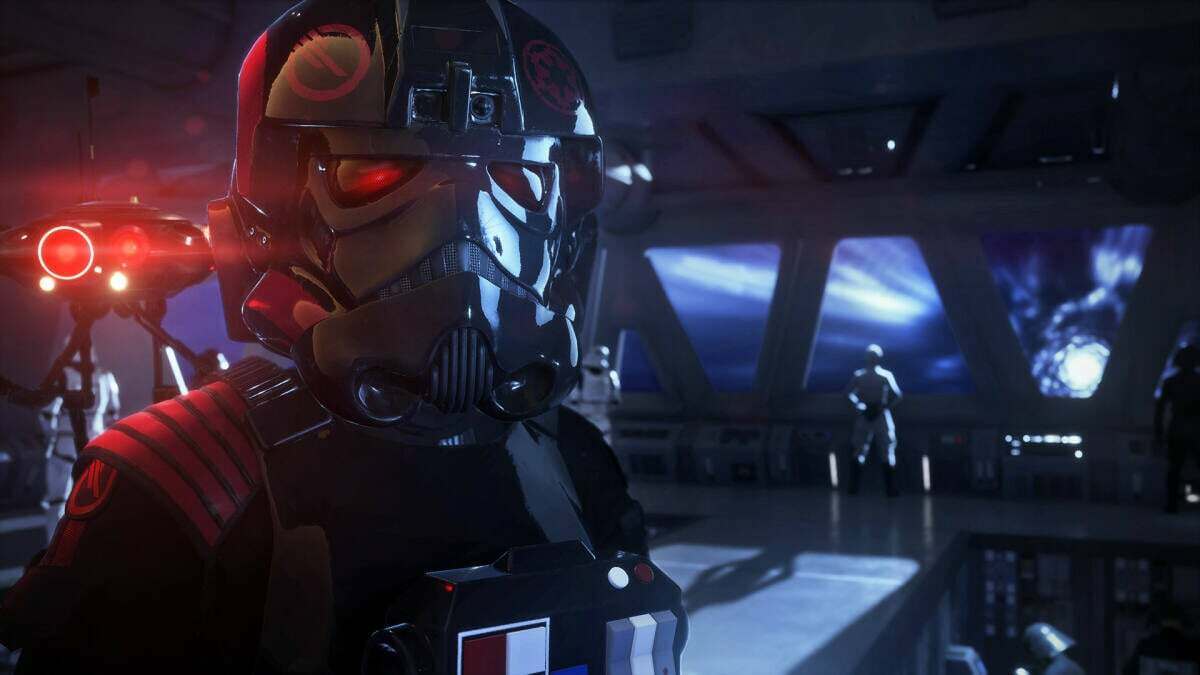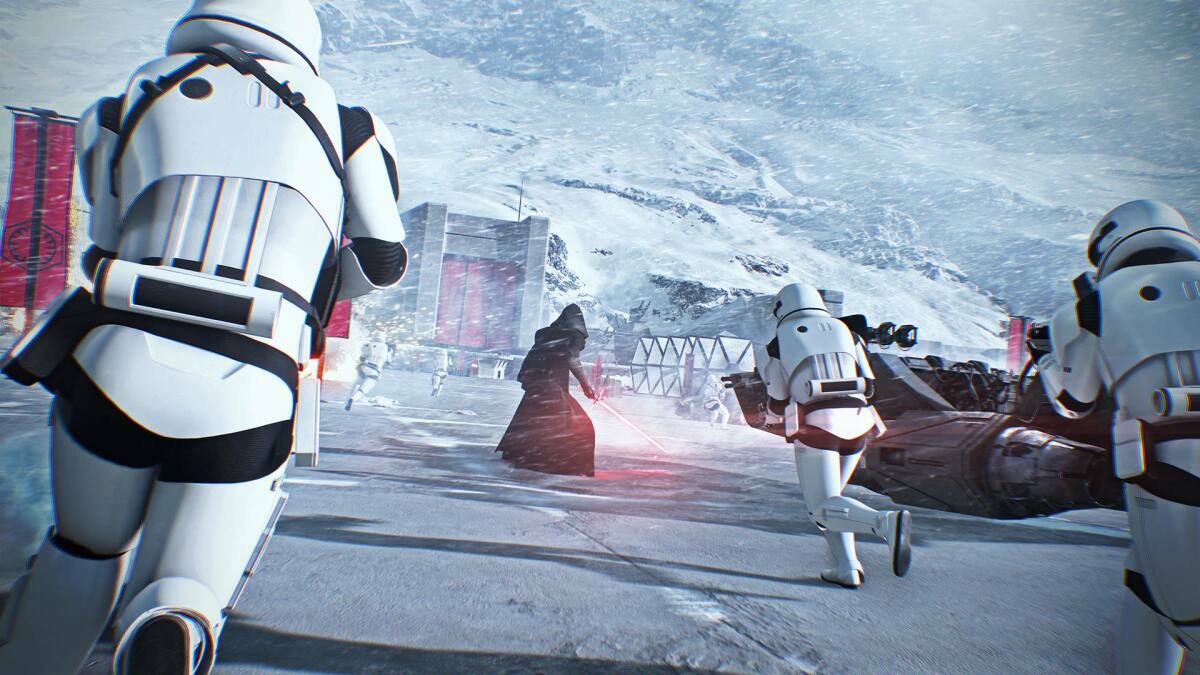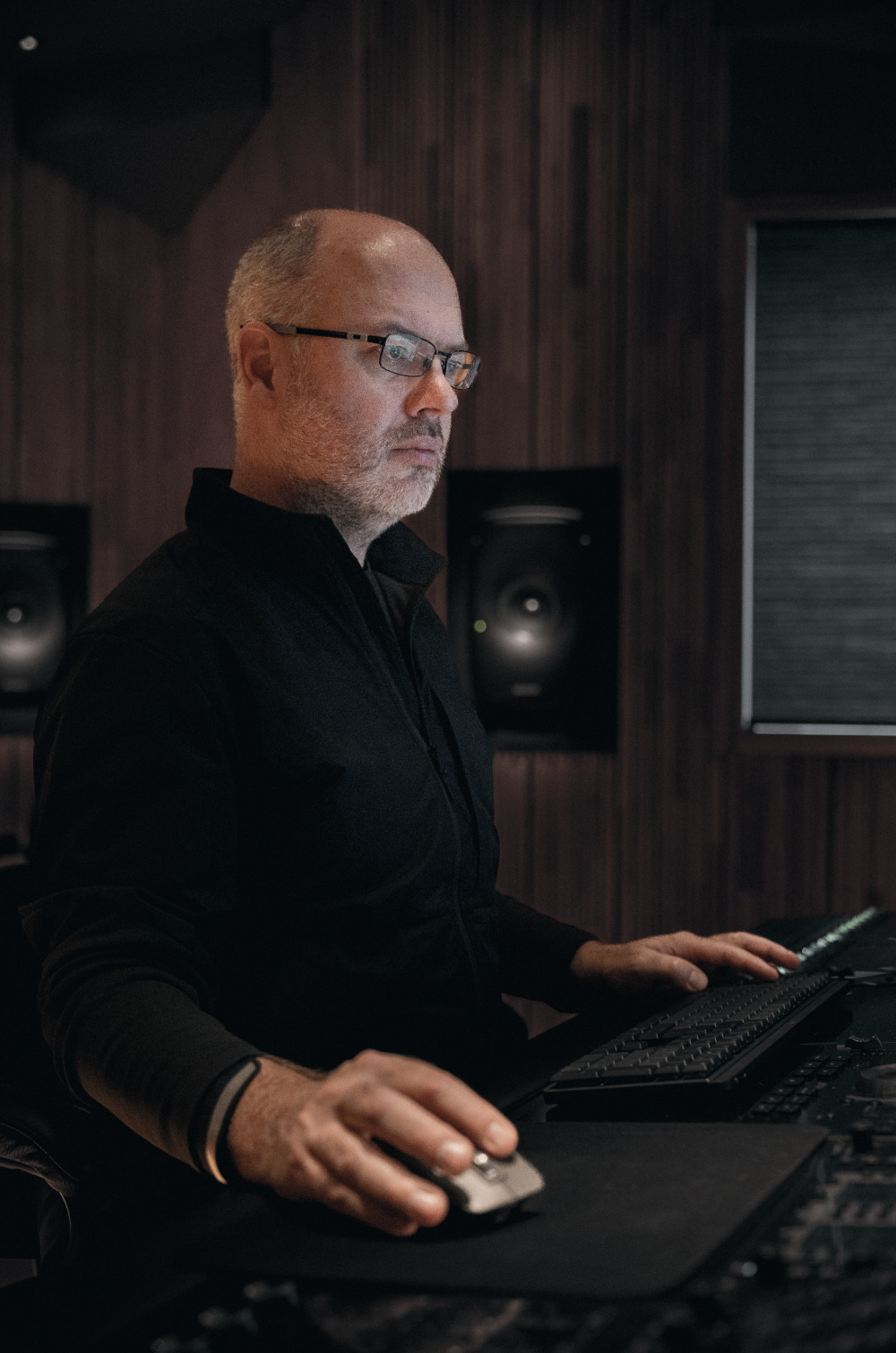Ben Minto (former audio director and sound designer at EA Dice) and now company director and supervising sound designer at Sweet Justice Sound reflects on bringing the sound of Star Wars Battlefront to life, the fans’ favourite sonic moments, his pet peeves in game sound, and how immersive audio is changing the gaming landscape.
You were the sound director for Star Wars Battlefront at EA Dice, which has elements that we all recognise as being a part of the franchise’s sonic universe. Where did you start in terms of mapping out a sonic foundation for the landscape in order to design the sound?
The interesting thing is the first Battlefront came out just before The Force Awakens, so it was this idea of – let's go back to the original trilogy from the ‘70s and early 80s. I think I was one of the few people on the team who was actually born before the Star Wars titles!
There's always this idea of: how do you up-res things? How do you take things that were obviously recorded on tape – maybe in mono. There's not a lot of variety to that. How do you take those roots and then expand it to bring up the fidelity overall?
We were super fortunate early on to go over and visit the ranch at Skywalker Sound to ask Ben Burtt and Matt Wood questions, like how would they approach it, and could we have access to the film stems in the original recordings?
If we asked for material and they had it, they would supply it to us. We had these ingredients to start from the original different, iconic Star Wars sounds, but we needed to expand and build upon those so that we could cover all the areas needed in the game.
The titles I was working on before Battlefield, they're modern military hardware, but based in the world where the sound propagates through the world in the way there's destruction and in the way people interact with environments.
So if you remove the idea of your starting ingredients, be in military hardware, and replace it with Star Wars’ iconic sounds, you can almost use a very similar process like, “Okay, here's the blaster sound, but here's how we ground the blaster in the world; here's how we affect the sound of the blaster with distance so it becomes readable like a blaster, and that's about 50 metres away in a building”.
People said, “Don't you feel really constrained?” And actually that was great. It's like, “Okay, it has to sound like the films” – you don't have to reinvent anything, you don't have to come up with a brand new lightsaber sound. What you have to try and do is make the game sound like the film, which obviously is a challenge in itself!




